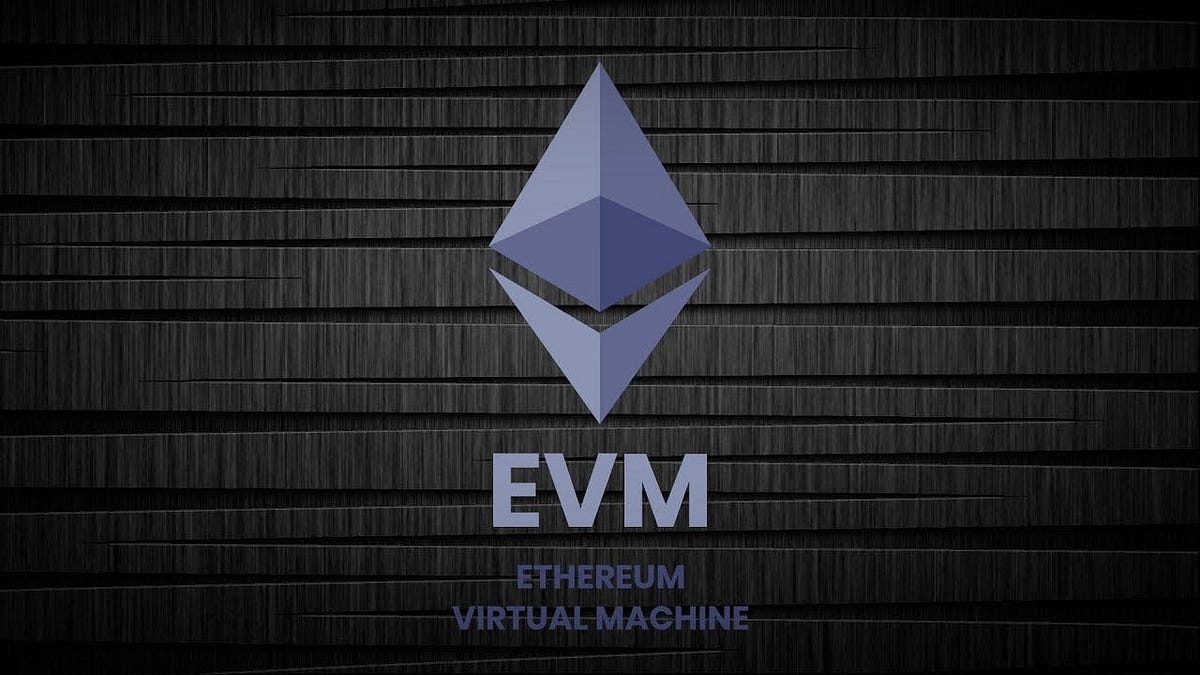

The realm of Ethereum Virtual Machine (EVM) technologies holds an undeniable allure for those intrigued by the potential of blockchain and decentralized systems. Among these, Non-Fungible Tokens (NFTs) offer a playground for innovation, allowing developers to experiment with novel applications that could have far-reaching implications. A recent endeavor in this space has brought to attention the capability of EVM Inscriptions to revolutionize how we think about and interact with online applications.
EVM Inscriptions, essentially, are a method of embedding executable data directly onto the blockchain. This innovative approach opens up new horizons for developers, enabling them to create decentralized applications with unprecedented levels of security and permanence. One notable experiment in this domain is the deployment of a fully functional Rubik’s Cube as an inscription on the Polygon blockchain. This project leverages HTML, CSS, and JavaScript, showcasing the possibility of running interactive applications entirely on-chain.
The process of creating this on-chain Rubik’s Cube was meticulously detailed, beginning with coding and local testing, followed by the blockchain inscription of the JavaScript file – a crucial step that involved saving the transaction hash. Subsequently, the main HTML file was modified to include the JavaScript call using the saved transaction hash. Due to current limitations, a similar method for inscribing CSS is not yet viable. The final phase entailed inscribing the main HTML file onto the blockchain, culminating in a Rubik’s Cube that functions entirely on-chain.
The significance of this development extends beyond just novelty. It heralds a new era of uncensorable applications – ones that, by virtue of residing on a decentralized blockchain, are inherently resistant to censorship. This not only empowers developers but also reinforces the ideals of free speech and information permanence. The reliability of such applications hinges solely on the underlying blockchain, freeing them from the constraints of traditional web hosting services.
Further exploration led to the deployment of the Rubik’s Cube as a fully on-chain NFT using Base Chain and Zora platforms. This process involved incorporating JavaScript from a Polygon Inscription and integrating a background image from a Base NFT, effectively demonstrating the feasibility of deploying multi-faceted, interactive NFTs across different blockchains. The successful execution of this application as an NFT illustrates the seamless interoperation between various blockchain assets and platforms.
This breakthrough underlines the potential of on-chain applications to transform the digital realm. Imagining a future where corporate websites, utility apps, and free speech platforms operate entirely on the blockchain is no longer far-fetched. Such developments could significantly diminish the reliance on conventional web hosting solutions, reinforcing the decentralized ethos of the blockchain community.
The exploration of on-chain web code execution is still in its nascent stages, with vast opportunities for further innovation. The successful deployment of a fully functional, interactive Rubik’s Cube on the blockchain is a testament to the creative possibilities that lie within the intersection of NFTs, EVM Inscriptions, and decentralized technologies. As more developers venture into this space, we can anticipate a burgeoning landscape of on-chain applications that challenge our current notions of what is possible within the digital domain.
Source






